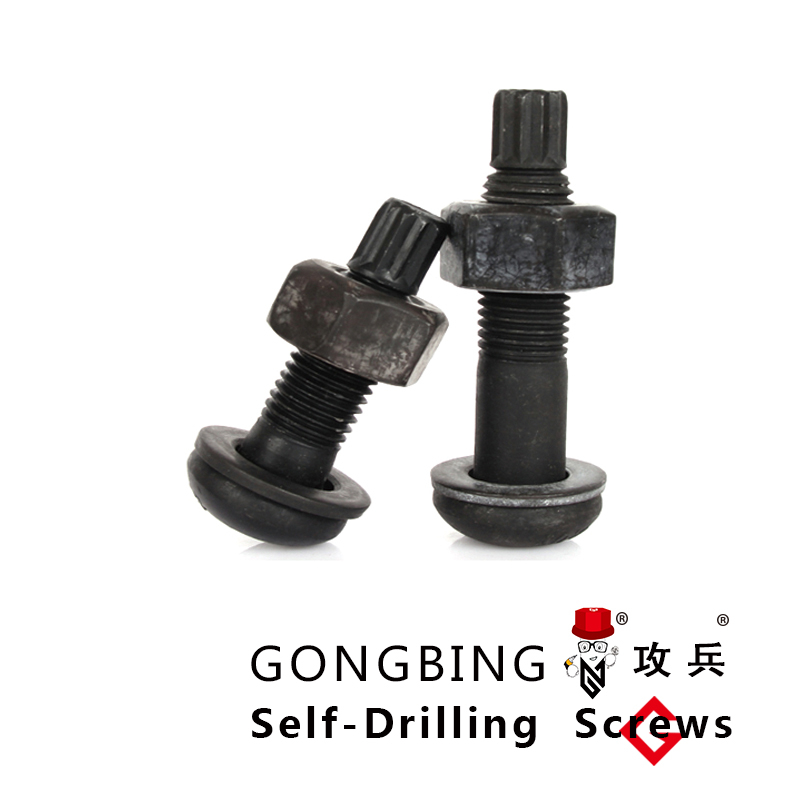chemical fixings for concrete
Chemical Fixings for Concrete An Overview
Concrete, one of the most versatile and widely used construction materials, is known for its durability and strength. However, its inherent properties require the use of appropriate fixing systems to enhance its load-bearing capacity and to ensure structural integrity. Chemical fixings, also known as chemical anchors, have become an essential component in the construction industry, providing effective solutions for securing fixtures to concrete surfaces.
What are Chemical Fixings?
Chemical fixings involve the use of a resin-based adhesive to bond hardware, such as bolts or anchors, to concrete. The process typically involves drilling a hole into the concrete structure, cleaning it, and then injecting a chemical adhesive into the hole. The chosen fixing element is inserted into the adhesive-filled hole, which sets and cures to create a strong bond between the anchor and the concrete. This method offers several advantages over traditional mechanical fixings, particularly when it comes to performance in various conditions.
Advantages of Chemical Fixings
1. High Load Capacity Chemical fixings can provide a higher load-bearing capacity compared to traditional mechanical fixings. This is particularly beneficial in applications where heavy loads or dynamic forces are involved.
2. Versatility These fixings can be used in a variety of concrete conditions, including cracked and uncracked concrete. They are suitable for both permanent and temporary applications.
3. Corrosion Resistance Chemical anchors are generally more resistant to corrosion compared to metal mechanical fixings. This makes them ideal for use in harsh environments, such as coastal areas or chemical processing facilities.
4. Reduced Stress on Concrete The bond created by chemical fixings distributes load more evenly across the concrete substrate, reducing the risk of spalling or cracking.
chemical fixings for concrete

Applications of Chemical Fixings
Chemical fixings are employed across various sectors, including construction, infrastructure, and industrial applications. They are commonly used for
1. Securing Structural Elements These fixings are often utilized to attach beams, columns, and walls, providing essential support in new constructions and renovations.
2. Anchoring Equipment and Machinery In industrial settings, chemical fixings can secure heavy machinery and equipment directly to concrete floors, ensuring stability and safety.
3. Guardrails and Fencing Chemical anchors are used to install guardrails, fencing systems, and signage where standard mechanical fixings may fail due to environmental conditions.
4. Post-Installed Reinforcement In many cases, chemical fixings serve as a means to reinforce existing concrete structures, adding additional support where required.
Conclusion
As construction practices evolve, the demand for effective and reliable fixing systems continues to grow. Chemical fixings offer a robust solution for a wide array of applications in concrete construction, enhancing structural integrity and safety. Understanding their properties, advantages, and diverse applications is essential for engineers, architects, and construction professionals looking to optimize their projects. By incorporating chemical fixings, the construction industry can ensure stronger, more resilient structures that stand the test of time. With continual advancements in formulation and technology, the future of chemical fixings promises even greater enhancements in performance and ease of use, further solidifying their role in modern construction methodologies.
-
Weatherproof Plastic Expansion Anchors for OutdoorNewsJun.06,2025
-
Sustainability in the Supply Chain: Eco-Friendly TEK Screws ProductionNewsJun.06,2025
-
Load-Bearing Capacity of External Insulation FixingsNewsJun.06,2025
-
Double Head Bolts: Enhancing Efficiency in Industrial MachineryNewsJun.06,2025
-
Corrosion Resistance in Chipboard Screws: Coatings for Wholesale DurabilityNewsJun.06,2025
-
Butterfly Toggle Bolts : Enhancing Structural ResilienceNewsJun.06,2025
